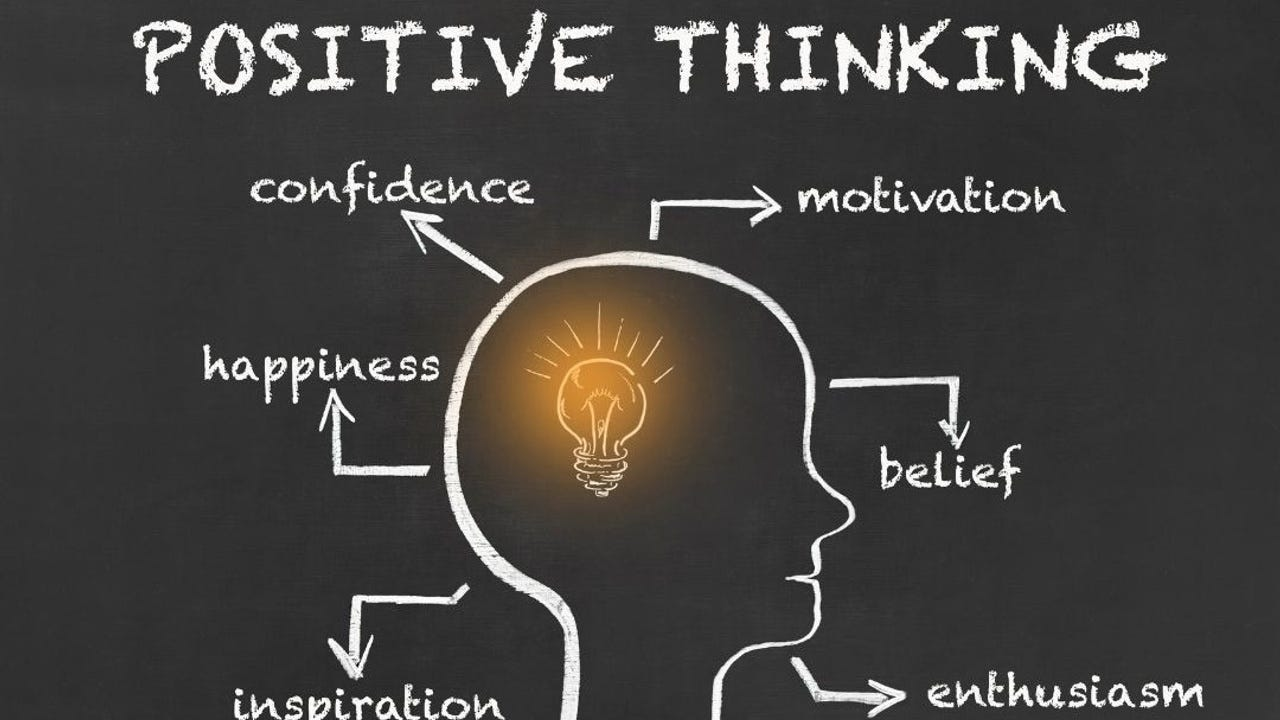Sanika Week 9: Dimensions of Power
Dimensions of Power
Power.
The word itself holds a great deal of authority. In fact, power is defined as “the capacity or ability to direct or influence the behavior of others or the course of events” (Oxford Languages). The scope of the types of power in society is extensive to say the least. In efforts to classify power, Steven Lukes, a British political and social theorist, categorized power into three separate sections, or dimensions.
The first dimension of power is known as the decision-making power. Decision-making power is when one person uses power “to achieve compliance by others who change how they behave as a result of the power being exerted” (“The Three Faces of Power”). Examples of this type of power can be seen in governments when a law is passed and the population has to abide by it.
The second dimension of power is called the non-decision-making power. This type of power is not only about making decisions (as the first dimension of power) but it is also about restricting the extent of what can be discussed. This allows for someone to control the conversation and have a greater influence on the decisions they want made. This can be done through various ways including coercion, influence, authority, force, and manipulation (“Dimensions of Power”). An example of this power being executed through force could be demonstrated by a road being closed off so another road must be used to reach the destination.
The third dimension of power is called ideological power. Ideological power is the “ability to control what people think of as being ‘right’ lead[ing] to acceptance of biased decisions without question” (“The Three Faces of Power”). Essentially, through this power, conflict is meant to be completely avoided. This power can be seen in propaganda in which posters and speeches can be intentionally planned to change views in favor of the decision that will be announced.
Overall, these three dimensions of power may be used in various situations in workplaces, governments, and society.



The start of your blog was unique as you started with one powerful word. I also like the structure of your writing and how you were able the concept of power into three categories. All of the three categories were well-written and had a smooth transition. You start with the decision-making power and give various real-world scenarios in which this type of power is enforced. You mention the second dimension is the nondecision-making power. This was one of the most interesting categories as I never thought about power in this manner. I liked how you used many ways in which this power can be used. The third power was about ideological power. As per my knowledge, I think this power is very manipulative as people can control what others think based on biases. I feel this is one of the dangerous parts of the power and it is also used in our daily lives, especially on social media. Social media helps us form so many biased opinions having the power to control what we think. Overall, your blog had a unique topic making it interesting to read about.
ReplyDelete